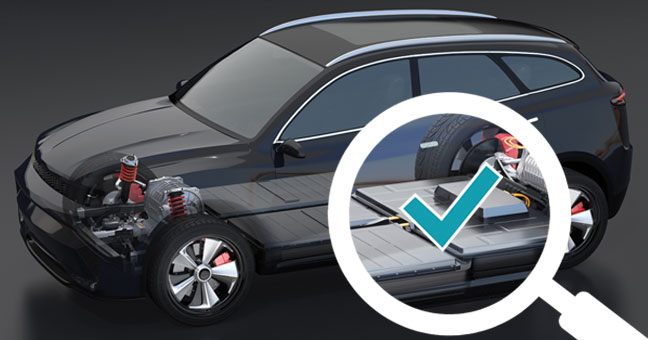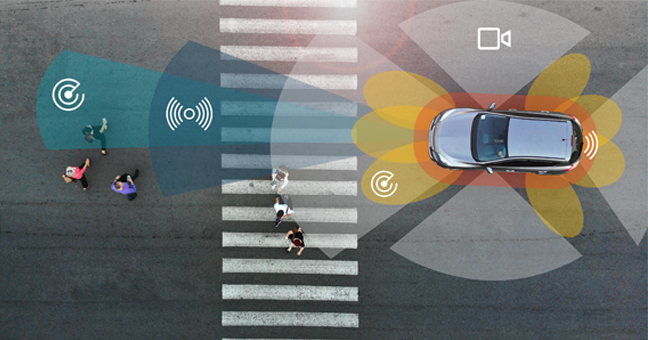Legendary physicist Marie Curie once said “I was taught that the way of progress was neither swift nor easy,” and the United States’ inevitable nationwide shift toward fully electrified vehicles (EVs) is the perfect example of that sentiment. Many states have set ambitious initial zero-emissions targets as early as 2025, which will require radical infrastructure change and an exponential increase in consumer EV adoption.
The Inflation Reduction Act, California’s Advanced Clean Cars standards (which are opted into by an additional 14 states), and other state initiatives are kickstarting that adoption by offering numerous rebates and discounted billing programs for EV owners. These programs will present unprecedented operational challenges for the utility companies tasked with implementing and managing them. These challenges include parsing and processing a massive influx of new data, inconsistencies within that data, and continual shifts in guidelines and regulations that need to be followed as both the government and auto industry landscape evolves. This article will outline the core benefits of ongoing access to in-depth, 17-digit VIN data in ensuring a sustainable, productive response to the US’ electric vehicle transition.
Read More




